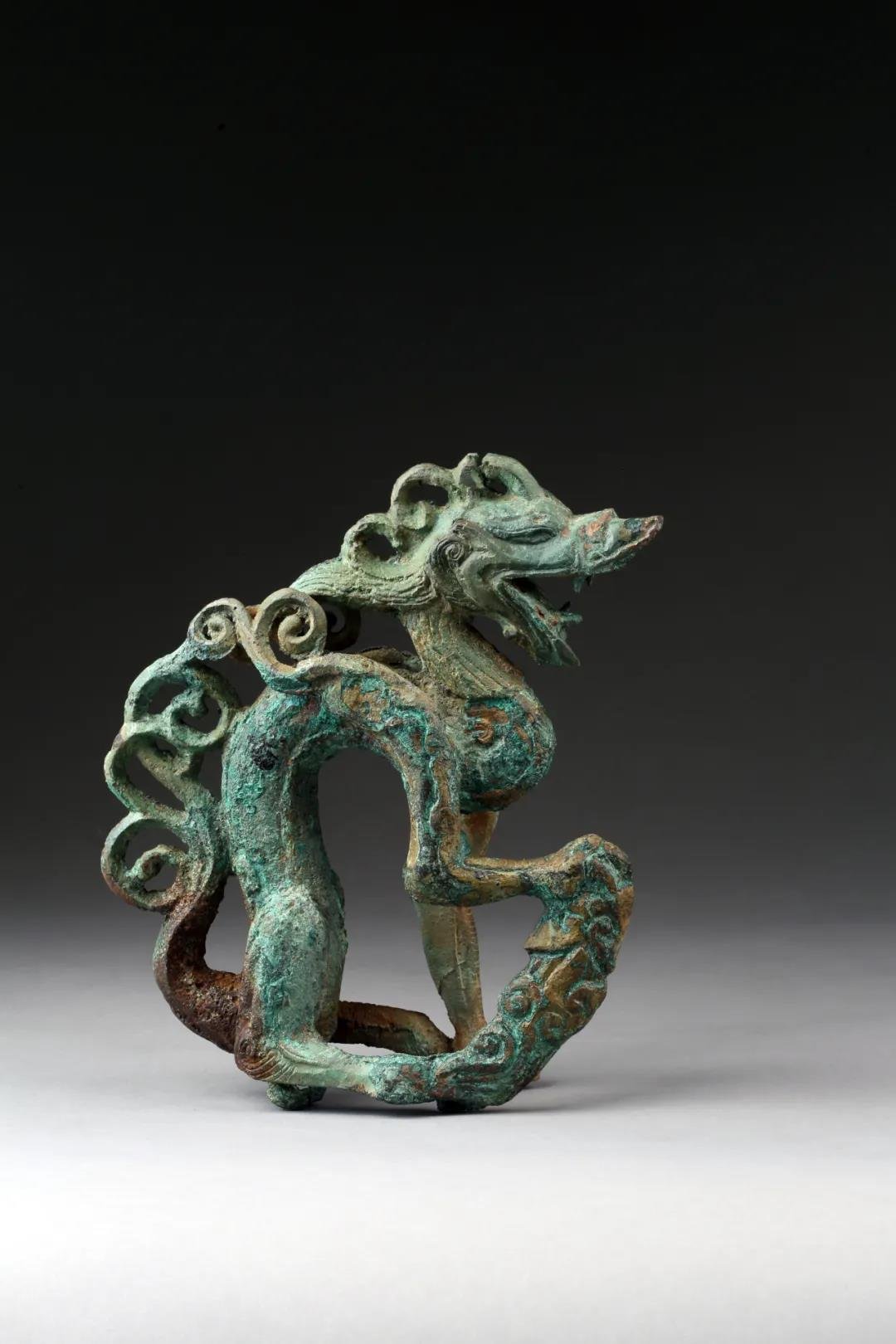
While building the athletes’ Olympic Village for this year’s Winter Games in Beijing, China discovered the remains of an ancient Jin Dynasty (1115–1234) palace.
It was found near Taizicheng village in the Hebei Province. Less than an hour from Beijing by high-speed bullet train, Taizicheng is in the city of Zhangjiakou, which is one of three zones hosting the competition, along with central Beijing and the suburb of Yanqing. (The majority of the ski and snowboarding events will take place in Zhangjiakou.)
“We hope that some foreign athletes participating in the Winter Olympics, in compliance with the requirements of pandemic prevention and control, will be able to visit the exhibition with the approval of the International Olympic Committee, so that they can enjoy and learn more about Chinese history and culture from the trip,” Zhang Wenrui, dean of Hebei Provincial Institute of Cultural Relics and Archaeology, told the Global Times.
Even before construction began on the village, officials were aware that there were ancient ruins in the village. The village conducted a full survey of the area in 2017 to ensure nothing of historical significance would be lost. But archaeologists were not prepared for the magnitude of the discovery—or even aware of the fallen structures’ royal origins.
An artifact from the Taizicheng Ruins excavated during the construction of the Olympic Village for the Beijing Winter Games. Photo courtesy of Hebei Provincial Institute of Cultural Relics and Archaeology.
What they soon came to realize was that this was likely the Taihe Palace, built as the summer home of Emperor Zhangzong, who ruled from 1189 to 1208.
The ensuing dig marked the first time a Jin Dynasty palace complex had been excavated. The imperial palace’s remains include city walls, moats, 14 roads, and 67 building foundations. Archaeologists also found a number of white-glazed Ding ware porcelains, fragments of dragon head sculptures, and other ceramics.
As a result, the games organizers had to adapt their construction plans for the site’s Olympic Village, moving it across the road from the ruins.
The ancient palace opened to the public as an archaeological park in 2021, and an exhibition hall featuring artifacts from the site debuted at the end of the year.